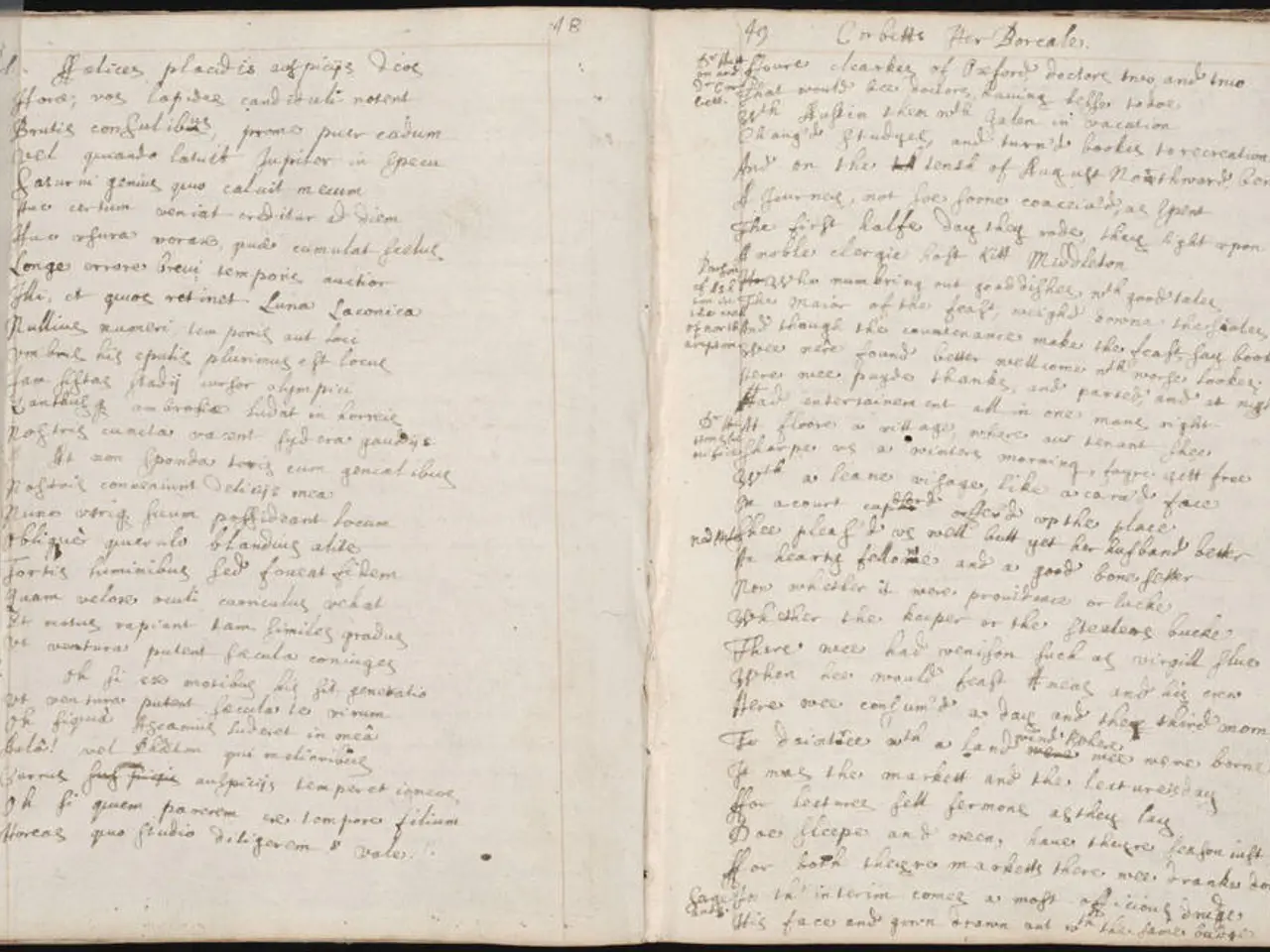Explore the Iconic Science Fiction Works penned by Larry Niven
In the realm of speculative fiction, few authors have left such an indelible mark as Larry Niven. A prolific writer, Niven has graced the genre with a diverse body of work that spans novels, short stories, collaborations, and anthologies.
One of Niven's earliest notable works, "Neutron Star," published in 1966, is considered foundational to his career. This short story marked the beginning of a journey that would see Niven become a master of his craft.
Throughout the 1970s, Niven's star continued to rise. In 1971, he published "The Fourth Profession" and "The Shape of Space," a short story collection. The same year also saw the release of "The Flying Sorcerers," a novel co-authored with David Gerrold.
Niven's collaborations with other prominent authors, particularly Jerry Pournelle, would become a defining aspect of his career. Their first joint project, "The Mote in God's Eye," published in 1974, is highly regarded in the science fiction community for its detailed depiction of first contact with an alien species and the political and social implications of that encounter.
The success of "The Mote in God's Eye" established Niven and Pournelle's reputation for creating intricate and credible sci-fi worlds. Their collaborations continued with "Lucifer's Hammer" in 1977, a post-apocalyptic story focusing on a comet striking Earth and the aftermath, and "Footfall" in 1985, a novel about an alien invasion of Earth with a strong emphasis on realistic military tactics and consequences.
These joint works have been highly influential, earning critical acclaim and a dedicated readership. Their collaborations exemplify a strong combination of Niven's imaginative world-building and Pournelle's expertise in political and military strategy within science fiction narratives.
In addition to Pournelle, Niven has worked on other projects, sharing thematic connections with contemporaries. However, his collaborations with Pournelle remain the most prominent and widely recognized in the field.
The "Heorot" Series, co-authored with Jerry Pournelle and Steven Barnes, combines hard science fiction with survivalist themes, set on a distant colony world facing alien threats. Notable entries in the series include "Beowulf's Children" (1995), "The Secret of Black Ship Island" (2012), and "The Legacy of Heorot" (1987).
The "Bowl of Heaven" Series, co-authored with Gregory Benford, explores the concept of a "bowl" world-an immense artificial habitat-and the conflicts that arise within. Notable entries include "Bowl of Heaven" (2012), "Glorious" (2020), and "The Seascape Tattoo" (2016), co-authored with Steven Barnes.
Niven's Known Space universe, featuring a series of novels and short stories, is a cornerstone of modern science fiction. Exploring humanity's future, alien civilizations, and technological advances, it includes "World of Ptavvs" (1966), "Ringworld" (1970), and "The Integral Trees" (1984), set in a zero-gravity ecosystem shaped like a giant ring of trees.
The "Magic Goes Away" series, published in 1978, blends fantasy and science fiction, where magic is finite. Notable entries include "The Magic Goes Away" (1978), "More Magic" (1984), and "The Time of the Warlock" (1984).
In more recent years, Niven has continued to produce engaging works, including "Rainbow Mars" (1999), "Playgrounds of the Mind" (1991), and "The Goliath Stone" (2013), co-authored with Matthew Joseph Harrington.
As we look back on Niven's career, it is clear that his contributions to science fiction literature are vast and significant. Through compelling shared storytelling, Niven and his collaborators have explored space exploration, human evolution, and the consequences of technological advancements, leaving an enduring impact on the genre.
In the realm of speculative fiction, Larry Niven and Jerry Pournelle's joint work, "The Mote in God's Eye," published in 1974, has influenced the space economy by presenting intricate and credible sci-fi worlds, leading to a deeper understanding of space exploration. Additionally, Niven's collaborative efforts have produced a plethora of books that weave entertainment and education, such as "Beowulf's Children," part of the "Heorot" Series, offering a vivid blend of space exploration, survivalist themes, and exciting stories.




